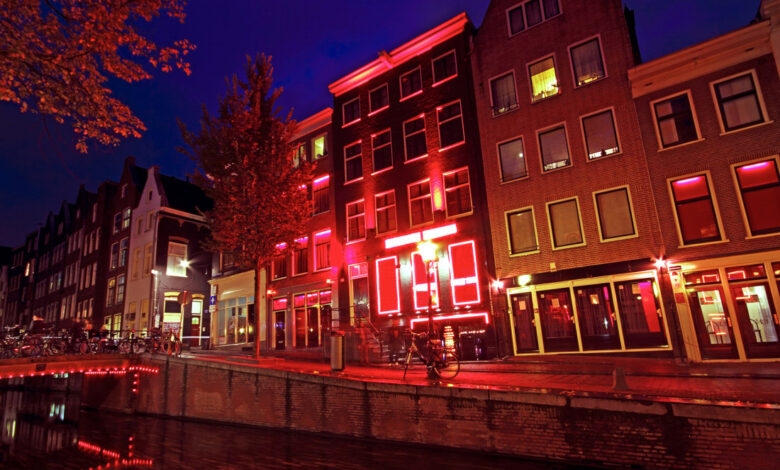Exploring the Ethics and Realities of Red Light District Tours

Red Light Districts are infamous and often misunderstood aspects of cities worldwide. They evoke curiosity, fascination, and sometimes controversy. Within the landscape of tourism, guided tours through these districts have gained popularity, offering visitors a unique glimpse into a world often shrouded in secrecy.
However, these tours walk a fine line between education and exploitation, raising ethical questions and sparking debates about their societal impact. This article delves into the phenomenon of Red Light District tours, examining their purposes, controversies, and the ethical considerations surrounding them.
Table of Contents
ToggleUnderstanding Red Light Districts:
Red Light Districts are urban areas where prostitution and other forms of adult entertainment are concentrated. These areas have historically been spaces where such activities are tolerated, regulated, or even legalized. While they often carry a stigma, they are also seen as economic hubs, drawing tourists, curiosity seekers, and sometimes exploitation.
Purpose of Red Light District Tours:
Red Light District tours are designed to provide insight into the culture, history, and realities of these districts. They aim to offer a nuanced understanding beyond the sensationalized portrayals in media and popular culture. By walking through these areas with knowledgeable guides, participants can learn about the social, economic, and legal aspects of sex work, as well as the challenges and issues faced by those involved.
Controversies Surrounding Red Light District Tours:
Despite their educational intentions, Red Light District tours are not without controversy. Critics argue that they commodify and exploit the vulnerable individuals working in these districts, turning their lives into a spectacle for tourist entertainment. There are concerns about privacy, consent, and the perpetuation of harmful stereotypes. Additionally, some argue that these tours contribute to the normalization and glamorization of sex work, potentially trivializing its complexities and risks.
Ethical Considerations:
The ethical dilemmas surrounding Red Light District tours are multifaceted. Tour operators must navigate a delicate balance between education, respect for the individuals involved, and financial gain. Transparency, sensitivity, and responsible storytelling are crucial in ensuring that these tours uphold ethical standards. It’s essential for operators to collaborate with local communities, prioritize the well-being of sex workers, and offer opportunities for their voices to be heard.
Conclusion:
Red Light District tours are a controversial aspect of tourism that raise important ethical questions. While they can provide valuable insights and challenge preconceptions, they must be conducted with sensitivity, empathy, and a commitment to ethical principles. By engaging in open dialogue, respecting the dignity of all individuals, and prioritizing education over voyeurism, these tours can contribute to a more informed and empathetic understanding of Red Light Districts and the complexities of sex work. Ultimately, their success hinges on their ability to navigate the fine line between education and exploitation.



